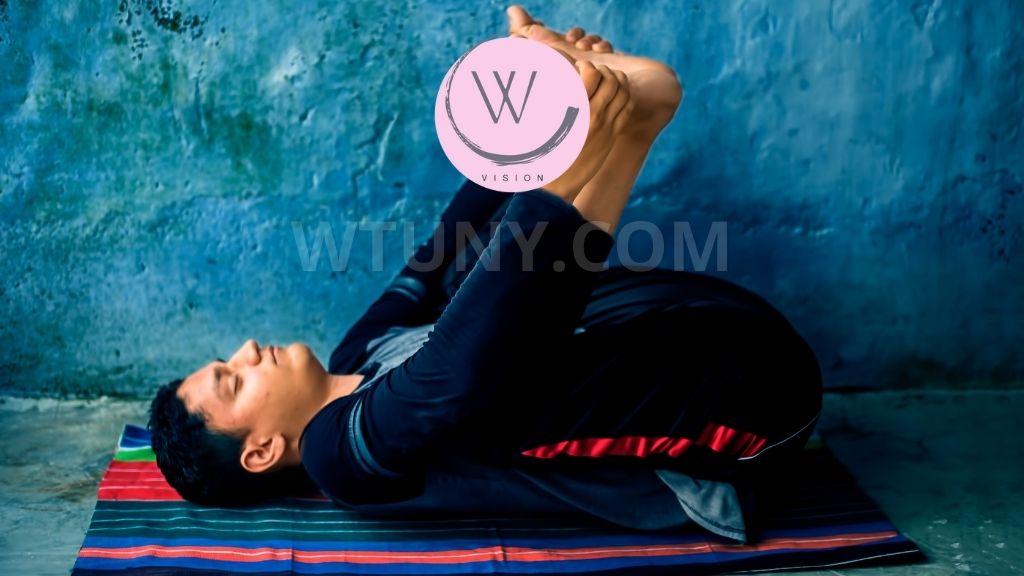Yoga is not for your outer body, it is all about the vitality which lights you up from within. It is a well-known skill that helps us to bring inner freedom and peace while opening the way of connection of mind, body, and spirit. Fixing yoga in its real meaning is somehow a yoga activity consisting of posture (yoga asana) and technique of breathing (pranayama). The traditional Yogas that include the Kundalini, Bhakti, Tantras, Jnana, Karma, Raja Yogas, and more are numerous. This yoga method allows an individual to soil him/herself, open up to the external environment, and unite with God. Though there are many types of asanas in yoga, we only focus this blog on one of them which is Ananda Balasana.
What is Ananda Balasana?
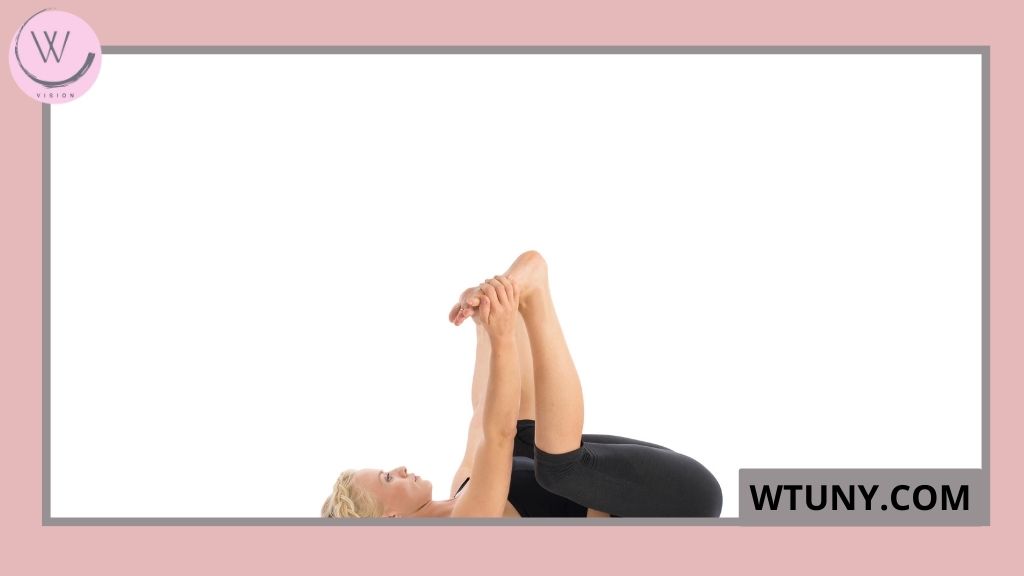
Balasana is a pose that involves lying on the back by keeping feet together holding both feet with the legs in L-shape. Another word is “bala”, which means “child”, and “asana”. Which means a yoga pose. This means that the first pose is a smiling or happy baby in baby poses in English. This pose had its origin in Pilates (an exercise system that interconnects the various muscles to achieve the key objectives of posture, alignment, and flow of the mind and body).
Whether it is within a yoga or Pilates environment, Ananda Balasana gladly provides you with a perfect stretch posture to enhance your mood and calm your body and mind. So it is as with other stretching exercises or yoga poses, one should practice all the poses under the strict advisement of a qualified guide to get the optimum benefit to its full potential while reducing chances of injury. Through the wonders of Ananda Balasana, don’t forget to focus on your troubles and be relaxed in the positive controlled response.
How do I do this work?
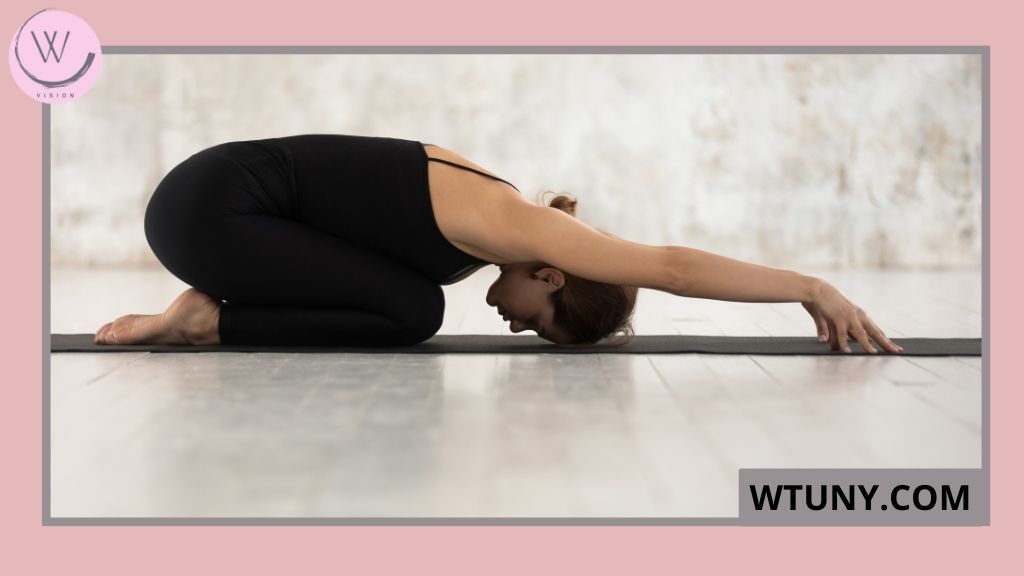
While Ananda Balasana should be followed carefully, let us now learn to perform Ananda Balasana:
- First, lie on your back and stretch your legs to the front at the level of the pavement.
- Spread your palms towards the sides, lifting your arms at the same time.
- And then pause for a moment (inhale), raise your right leg towards the ceiling, and try to grab your toe with your right hand.
- Also known as Supine Baddha Konasana for those whose English is not strong, this pose is the beginner test for seeing one’s inner strength and prepares you for the pop of your hips.
- Your position should be modified like this. Your knees should be close to your chest. Lift your lower feet toward the ceiling having your knees bent on.
- Then try to grip both legs (inside with the right hand and the left leg with the left one). I will form two 90-degree angles at my palms while pressing the legs at the same time. (The above image will help to visualize the ambiguity better)
- Let this continue until you have had enough and are comfortable and naturally, thus, start breathing normally.
- The squat is your way to the starting position and relax.
Benefits of Ananda Balasana:
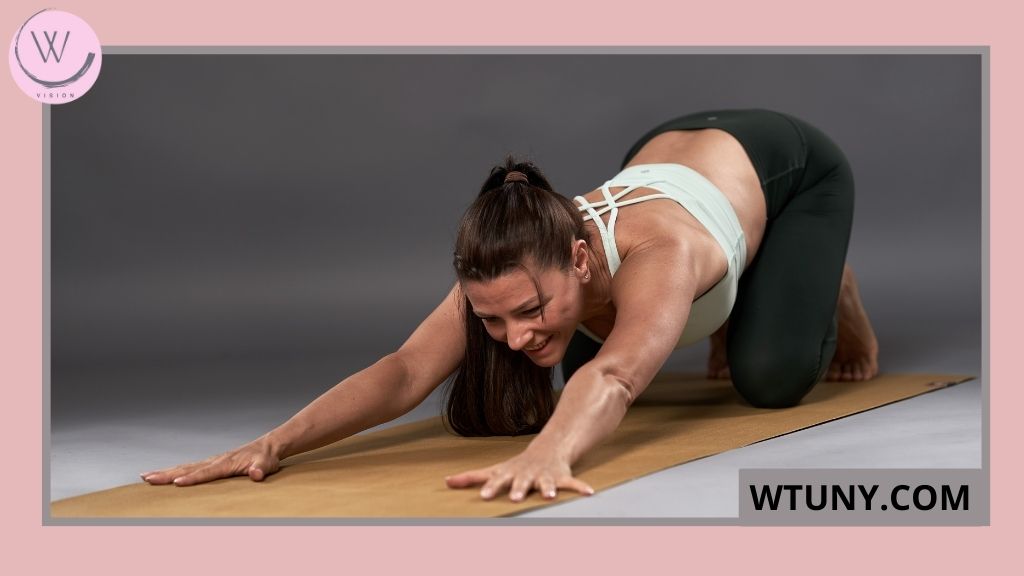
Now, let us look at the source and then, the advantages of the pose, which made us believe that it is worth giving Ananda Balasana a shot. Try this Ananda Balasana because of the advantages for your health listed below.
Benefits of Ananda Balasana for pelvic pain
Literature studies demonstrate that regularly doing yoga can help maintain pain. Allison, 2017, completed research to observe how women cope with chronic pelvic pain or not improve their quality of life by practicing Arda’s version of Balasana from Balasana. This finding of asana therapy (Ananda Balasana) highlights that it may help women to reduce pelvic pain. Nevertheless, we highly recommend not to confuse Ananda Balasana’s practice with medical care and should pay a visit to the physicians as they provide proper treatment of pelvic pains. Similarly, this asana should be used under professional supervision of trained instructors who are associated with this field.
It is essential to look upon this particular activity using a balanced attitude, by getting to know that yoga is a way of complementing rather than substituting traditional medical care. This circumstance necessitates the consultation of a medical professional, so pelvis-pain individuals are highly encouraged to see a doctor as soon as possible to get the right diagnosis and treatment plans that work for them individually. Of course, yoga definitely can work. However, this practice must not be seen as the sole replacement for modern medicine.
Benefits of Ananda Balasana on depression
Depression is a widely known mental condition featuring a lack of interest in surroundings and creating the inability to continue with daily activities. Street. (2020) had an article in which the role of the yoga asanas was investigated in dealing with depression. The results of the current study classify Ananda Balasana as a yoga practice that ameliorates depression. To add to this, it is clear that the posture had positive effects on my sleep quality and calmed me down. Therefore, Ananda Balasana’s practice of yoga could be an efficient way to combat depression. But, before beginning the yoga practice, it is preferable to visit a doctor for expert treatment in order not solely to depend on this pose. More so, Ananda Balasana should be done only under a certified instructor before beginning regular practice.
Benefits of Ananda Balasana in Hypothyroidism
Hypothyroidism is a condition with presents as an inefficient working of the thyroid gland leading to insufficient production of thyroid hormones that are essential in meeting various metabolic demands of the body. In 2017, Mali and his co-authors examined a yoga protocol to find out how it impacts the thyroid gland. The trial results indicated that with the help of yoga including Ananda Balasana hypothyroidism is able to be managed as it was proved that thyroid function is normalized. Hence, familiarizing yourself with yogic poses like Ananda Balasana may be helpful for you if you are hypothyroid, and further confirmation research is required. Nevertheless, it cannot be overlooked that this asana is not what substitutes for contemporary medicine. Efficient treatment of hypothyroidism, therefore, consists of going to a doctor or undertaking Ananda Balasana safeguard of a professional instructor.
Other Benefits of Ananda Balasana:
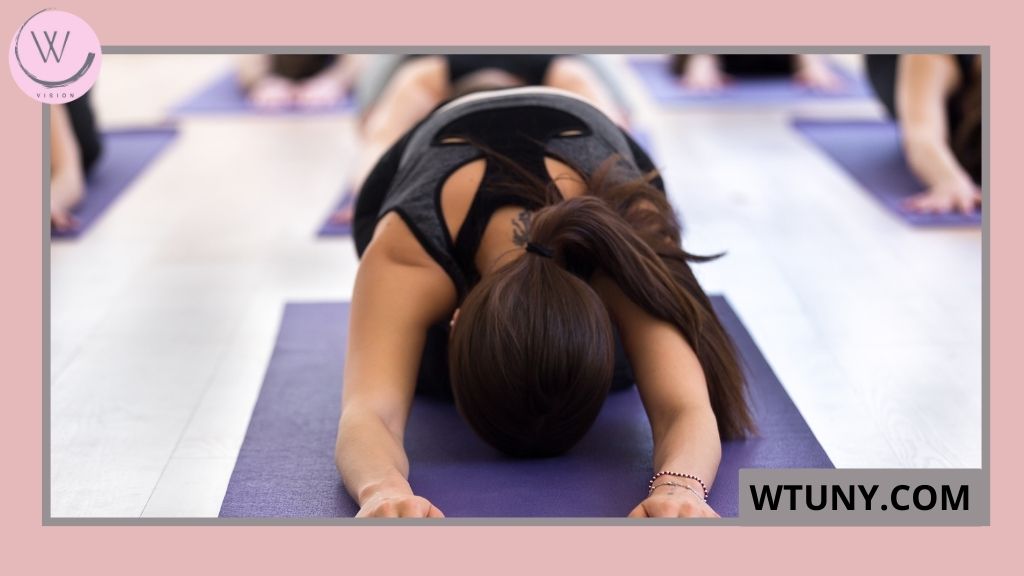
- Difficulties of this pose boost the mindfulness parameters.
- Practicing instances like Ananda Balasana can help you to upgrade the quality of your life.
- Yoga breathing and poses such as this can help in reducing blood pressure and heart rate.
- Discipline to do Balasana often can ease menace such as gastritis which is a stomach problem.
- At the same time, walking, swimming, and biking can help to reduce back pain.
It is unlike the truth that the deriving of yoga and its practice could lead to a healthy mind and body for the one practicing it, so yoga should not be used as an alternative to modern medicine. Here both physical, mental, and emotional awareness and medication are involved, the use of yoga as a stand-alone for the treatment of any condition should not be encouraged. If the patient has a serious condition or underlying health issues, it is vital to wear the prescription and get the medicine from a qualified physician for the proper treatment. Furthermore, in the case of any asana practice, remember to avail a qualified instructor to guide you into the exercise.
Dangers of Ananda Balasana:

While performing Ananda Balasana, attention should be paid to the following:
- It is worth mentioning that for these groups of people including pregnant women, children, and the elderly who practically lack scientific trustworthy information concerning this asana, it is recommended to tolerant them with inquiries.
Contraindications to the use of Ananda Balasana are as follows:
- Being yoga asanas, especially Ananda Balasana, stay off uneven surfaces, otherwise this will lead to some discomfort.
- The advisable thing here is that, for an hour after having a full meal, do not perform Adho Mukha Svanasana.
- The menstruating ladies do not indulge in Ananda Balasana practice because it can injure the pelvic region.
- When determining it will be necessary to find out whether there will be any surgery, fracture, or disease and the patient should not be advised to practice Ananda Balasana.
CONCLUSION
Ananda Balasana is the name given for the happy child’s pose position in the sequence of yoga. Its name is derived from the Sanskrit words (Ananda= happiness, Bala= child, Asana= yoga pose/position) In the UK it is known as Happy Baby position. Doing this asana might contribute to tackling such disorders in women as hip infections, thyroidal disorders, depression, and muscle strength improvement.

